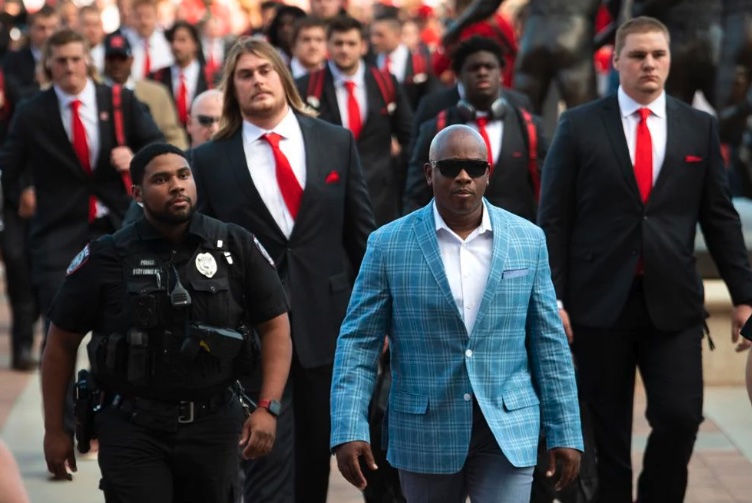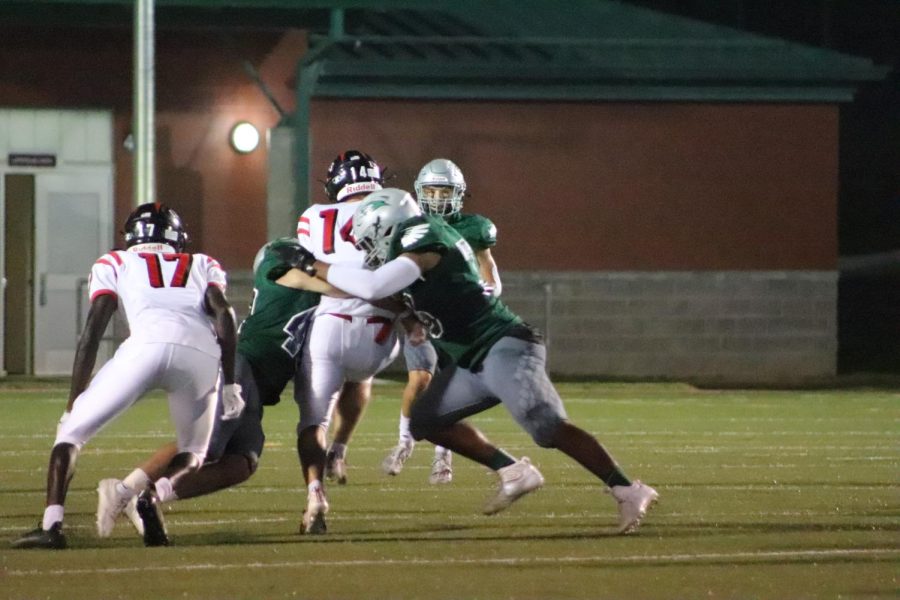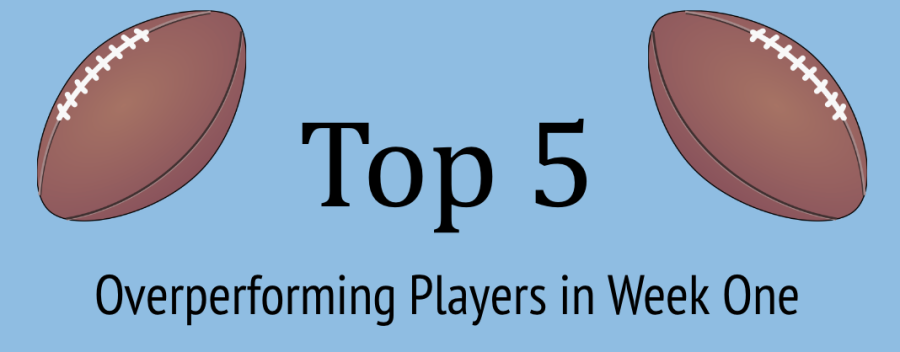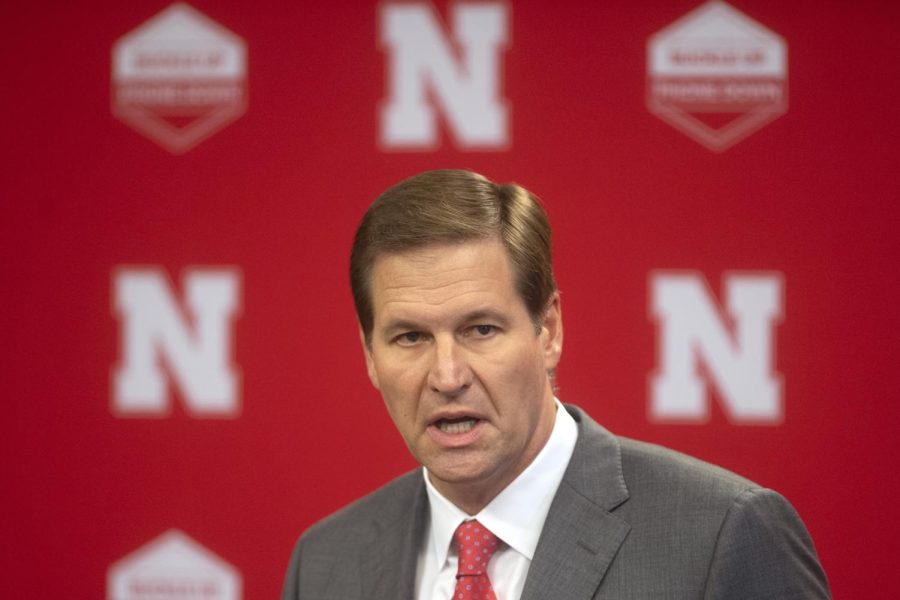The NFL has been a run-first offense for most of its history. In 2004, 19 runningbacks had over 1,000 rushing yards, and five quarterbacks had over 4,000 passing yards. In the 2021 NFL season, seven runningbacks had over 1,000 runningbacks and 10 quarterbacks had over 4,000 passing yards.
To start the 2022 season, 18 quarterbacks are on pace for 4,000 passing yards and only 14 runningbacks are on pace for 1,000 rushing yards. The apparent growth in the complexity passing offense in the NFL is contributing to the growth in offense. In 2004, seven quarterbacks had over 500 attempts passing and in 2021, 16 quarterbacks had over 500 passing attempts, a 229 percent increase.
The rushing part of the offense is on a decline. There were only two runningbacks in 2021 with over 300 rushing attempts, whereas in 2004 there were nine. The touchdown drop off for runningbacks is also becoming apparent. In 2004, there were 10 runningbacks with over ten touchdowns and in 2021 there were six.
It was bound to happen, as offenses are getting more and more complex by the season. As “coach trees”, almost similar to family trees, are getting bigger, there is bound to be more varieties of offense. Just like a family tree, as the family gets bigger, there are more exceptions.
In a family tree, height can change, hair color can change and many other characteristics. It’s the same way with a coach tree with assistant coaches continuing the tree.
For example, Mike Holmgren, who coached the Green Bay Packers in 1992-1998 and the Seattle Seahawks in 1998-2008 is the start of a “coach tree”. His assistants, Reid and Gruden had success of their own in the NFL with a combined record of 283-205-1. Andy Reid and Jon Gruden both have a Super Bowl win of their own in Super Bowl 37 and 54.
This is just one coach tree. There are two others than the Holmgren tree: Bill Parcells and Marty Schottenheimer being the other two. These trees have just as accomplished coaches, including Bill Belichick, New England Patriots (253-120), Sean Payton, New Orleans Saints (109-72), Nick Saban, Alabama University (181-25), Pete Carrol, New York Jets, New England Patriots and Seattle Seahawks (114-81-1) and Mike McCarthy, Green Bay Packers and Dallas Cowboys (123-72-2).
With these complex coach trees, it is apparent to how offense has evolved in the NFL. As younger coaches, who tend to have more passing-based offenses, take on new coaching roles and have control of their offense, passing becomes more used in the offense. As an example, Sean McVay, Los Angeles Rams coach (2017-present), in his first season, had 4,023 pass yards. The year before, in 2016, under coach Jeff Fischer, the Rams had 3,313 pass yards.
Based on the Los Angeles Rams, it is easy to see how younger coaches run a more pass-heavy offense. This change in offense can also be seen in the amount of points scored per game. In the 2021 NFL season, there were 24.8 points per team every game. This is the highest of all time in the NFL. You can argue that defenses are getting worse, but that is everything but true. Just like how offense has developed, so has defense. Defensive players have gotten faster and weigh less due to these pass-heavy offenses. They have to be able to compete with freak-of-human wide receivers and runningbacks. The heaviest defenses in the NFL (Las Vegas Raider and Detroit Lions) rank dead last in the amount of points scored against them per game. The lightest team (Tampa Bay Buccaneers) was the best defense in the NFL based on points scored against.
With the NFL wanting more scoring, more fan entertainment, and offense’s evolving, it was bound to become a passing league. It was just a matter of time for the effects of the increase in passing to become apparent in stats and to fans. At first, it was just a couple exceptions, but now it is officially a league-wide passing NFL.









